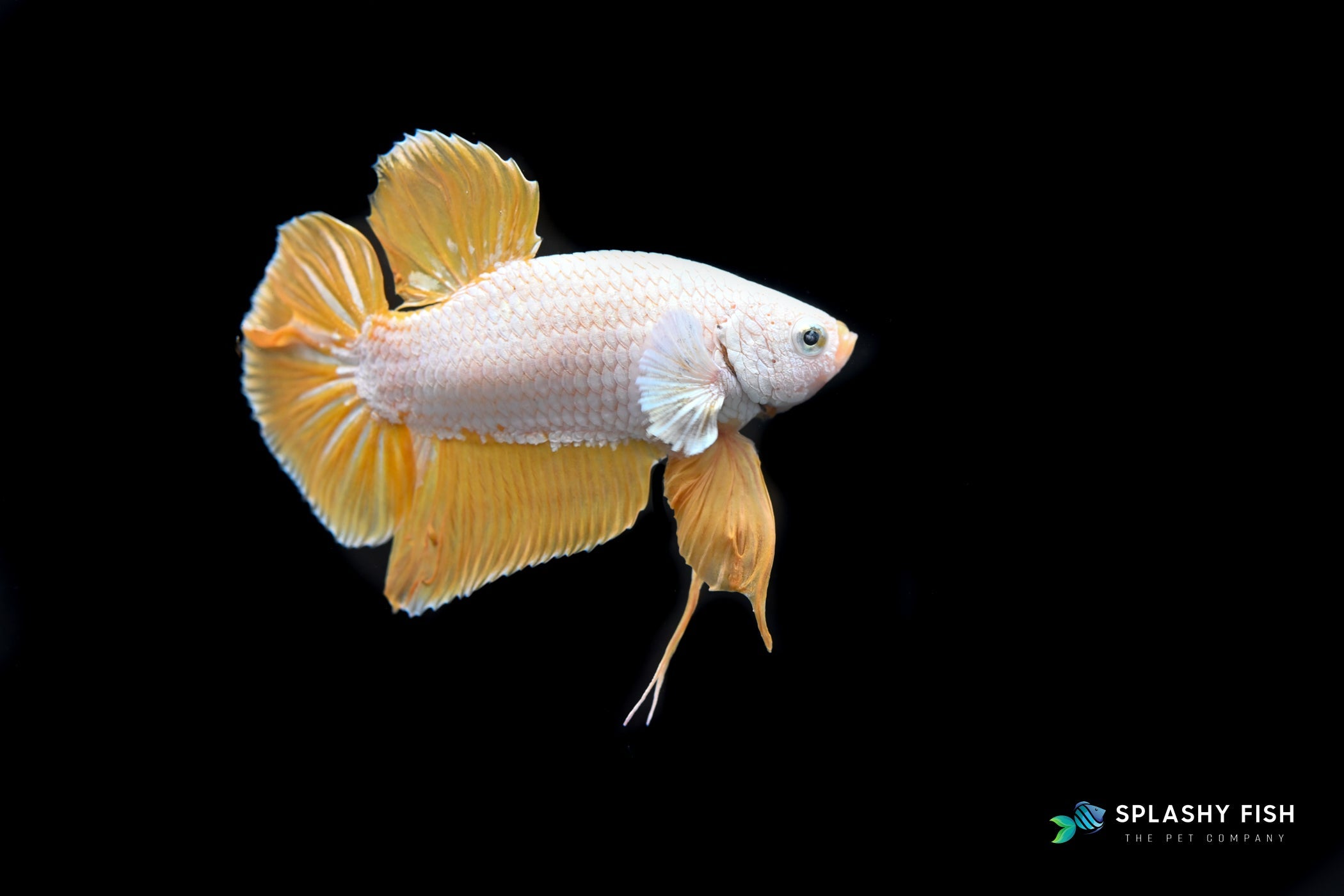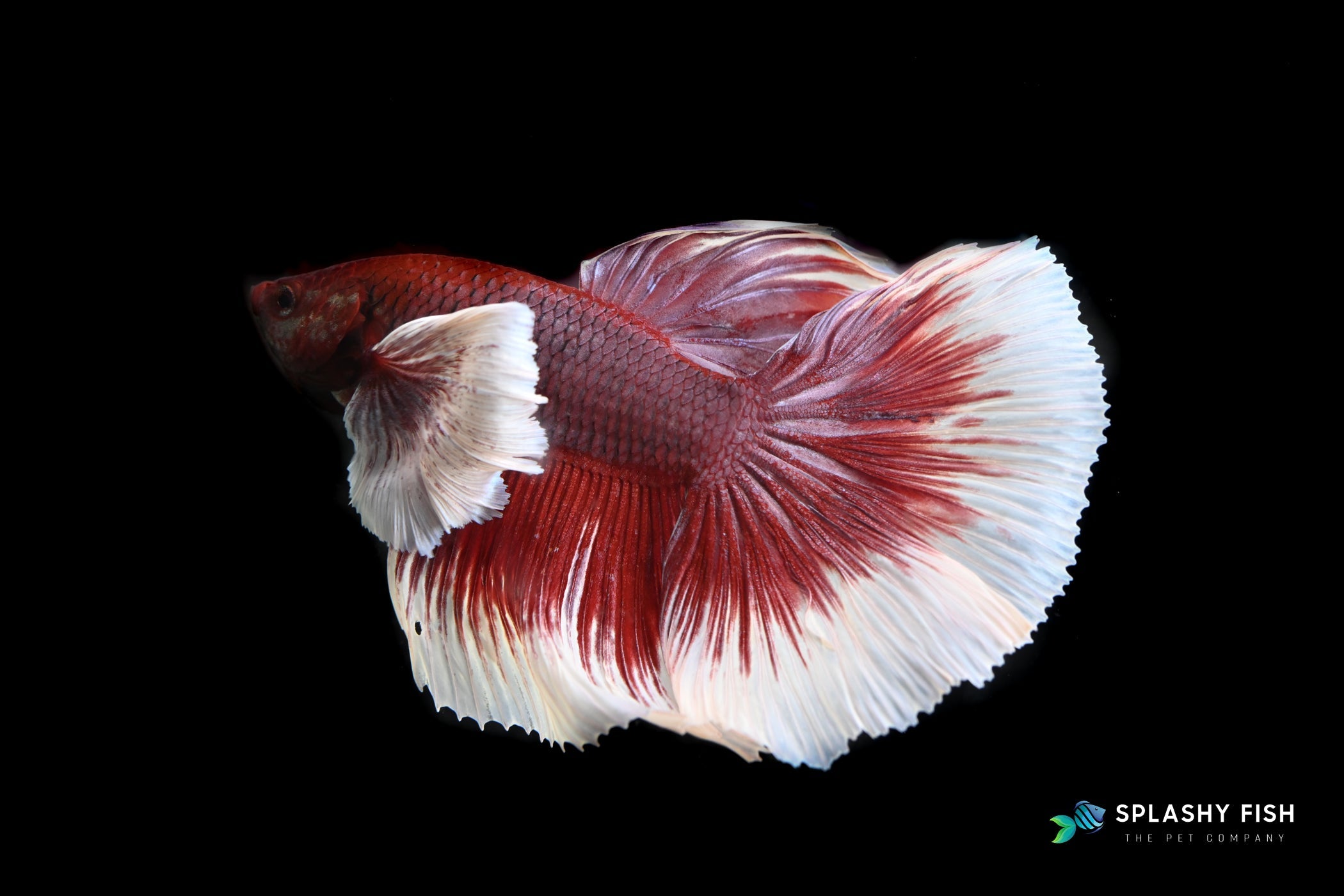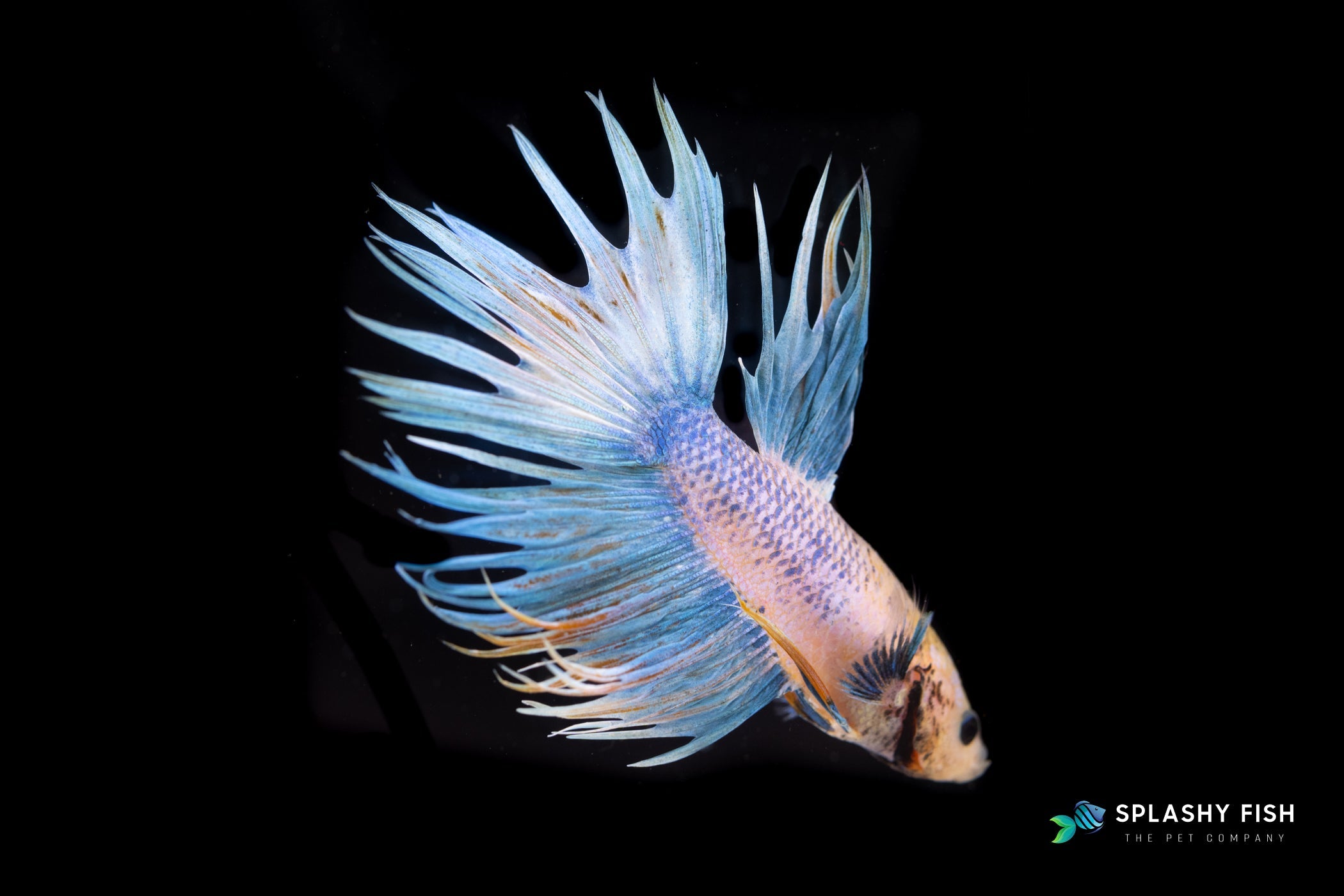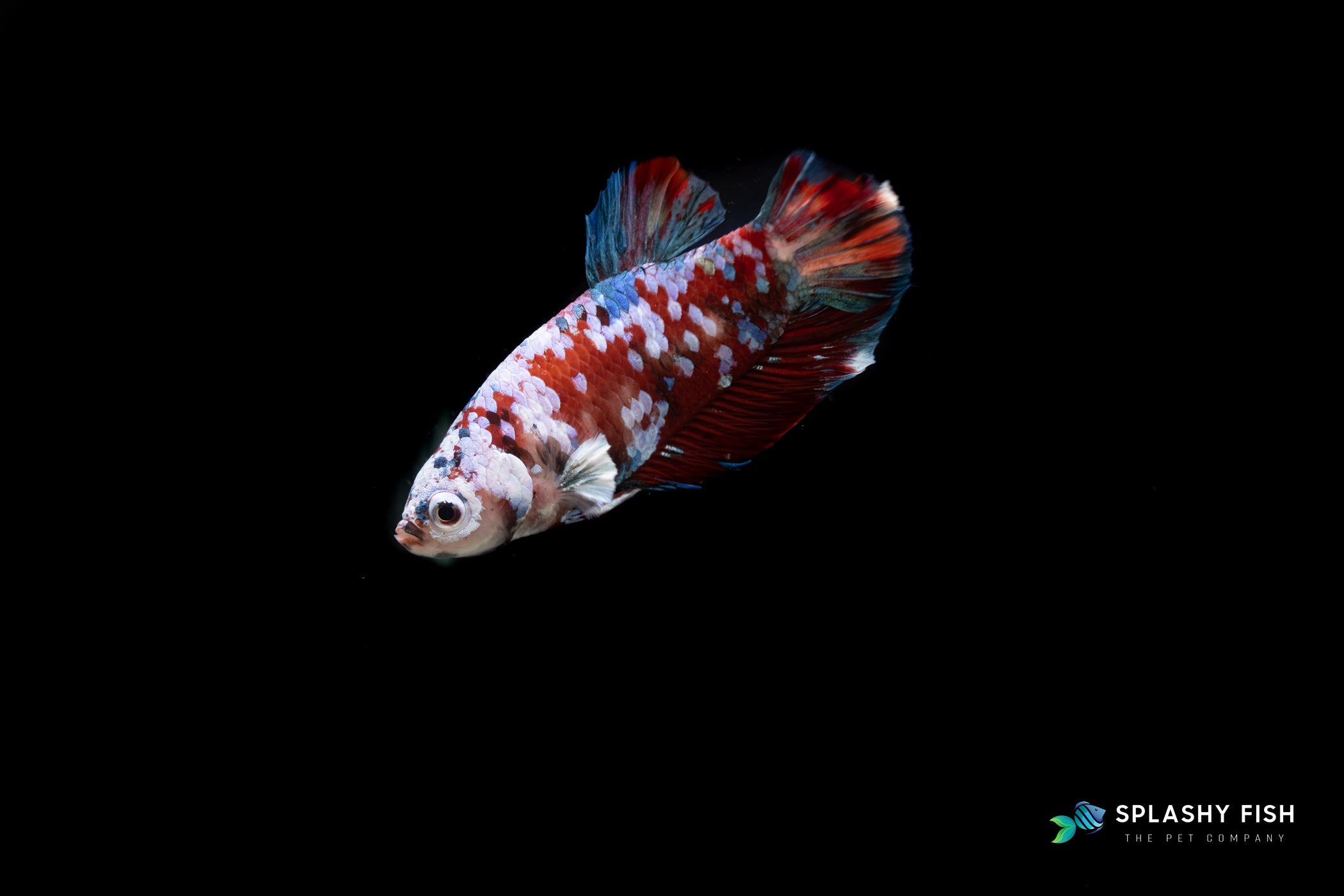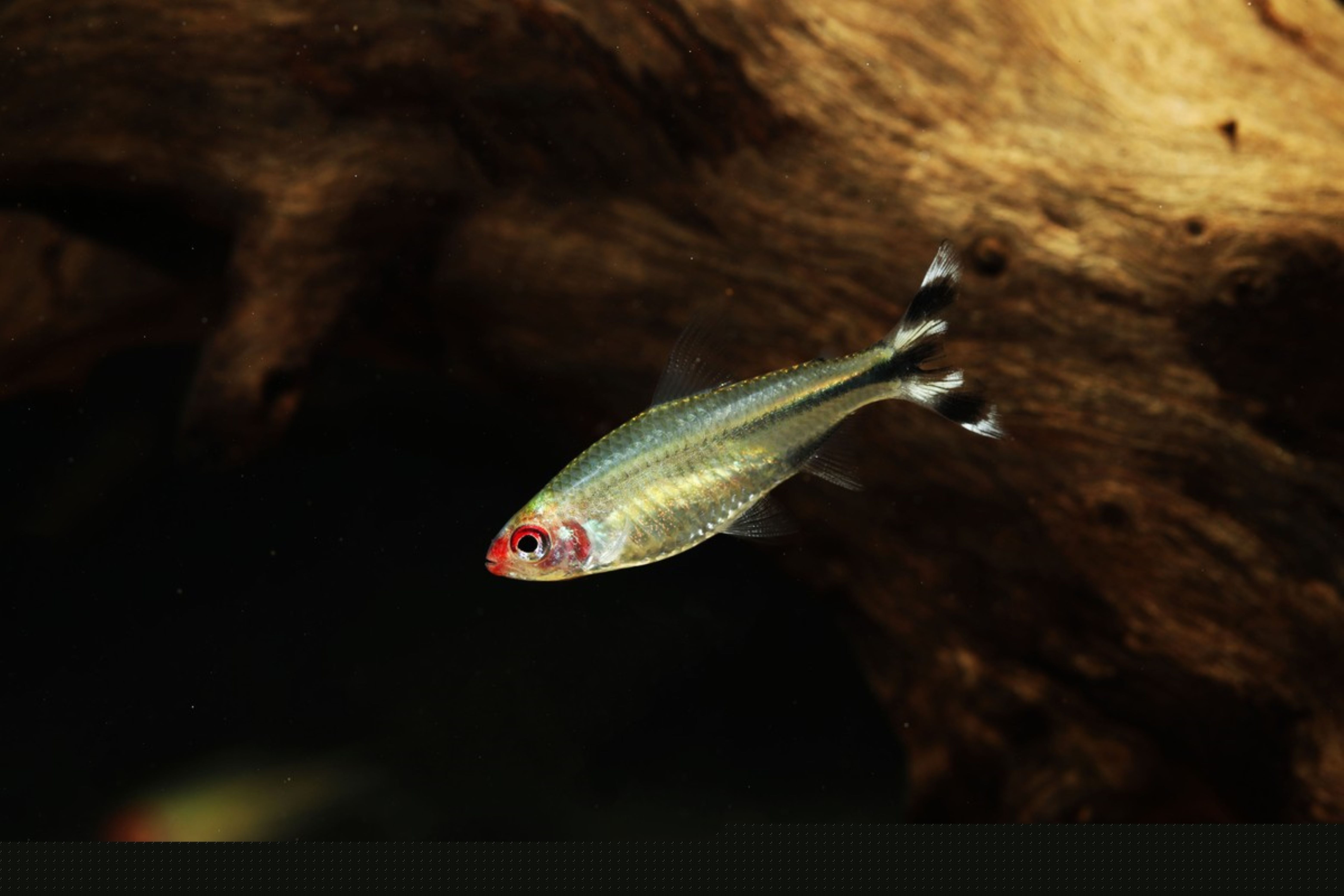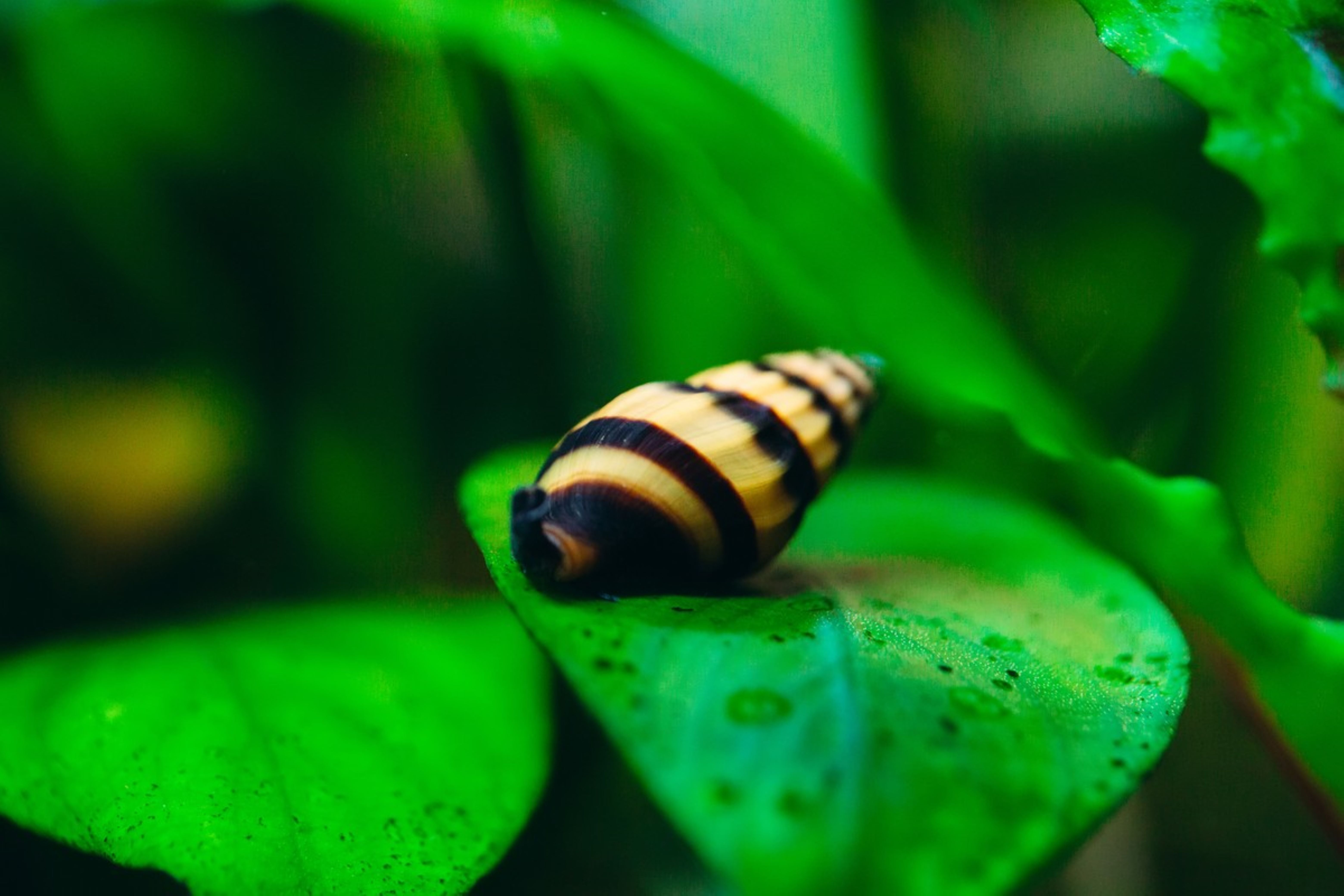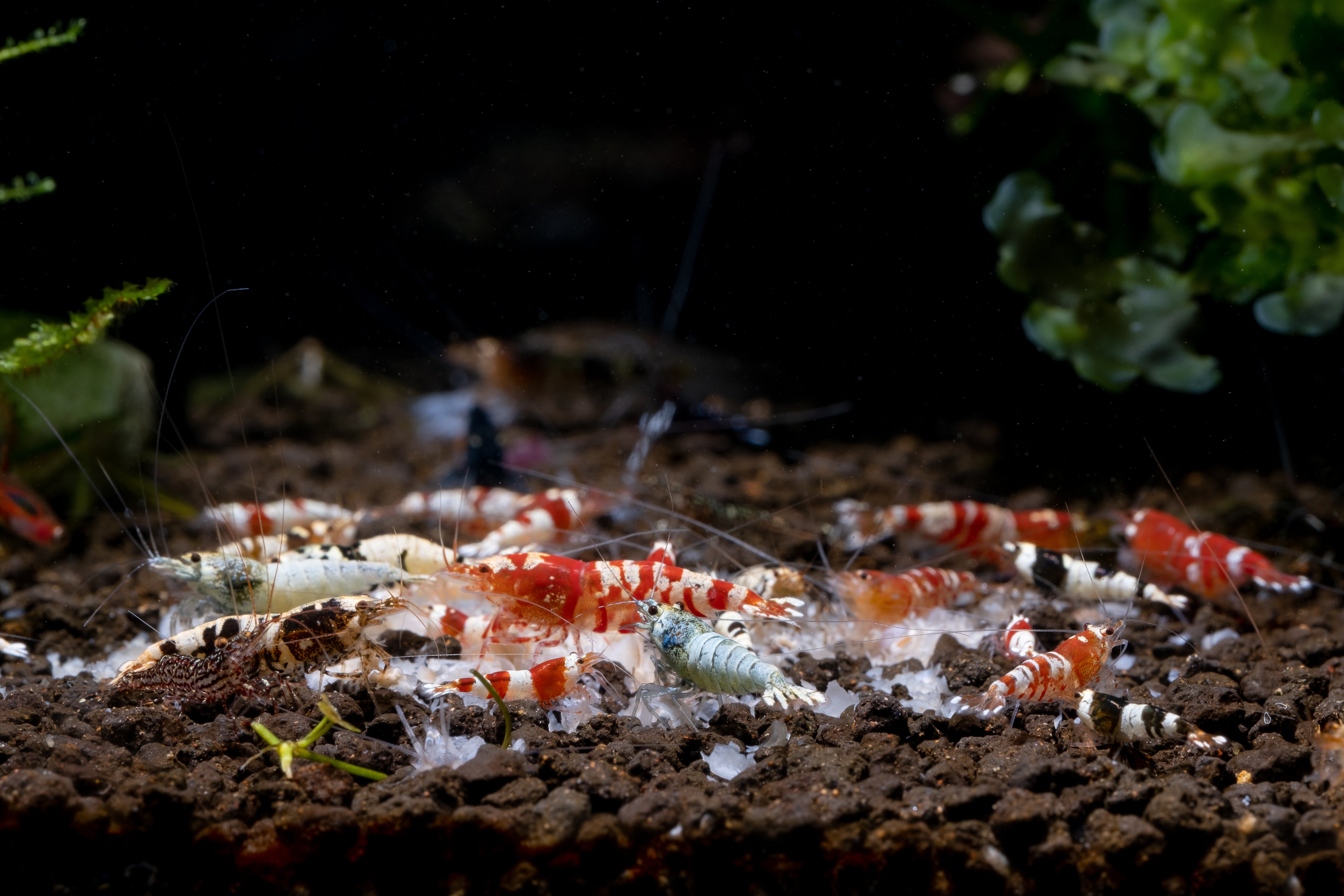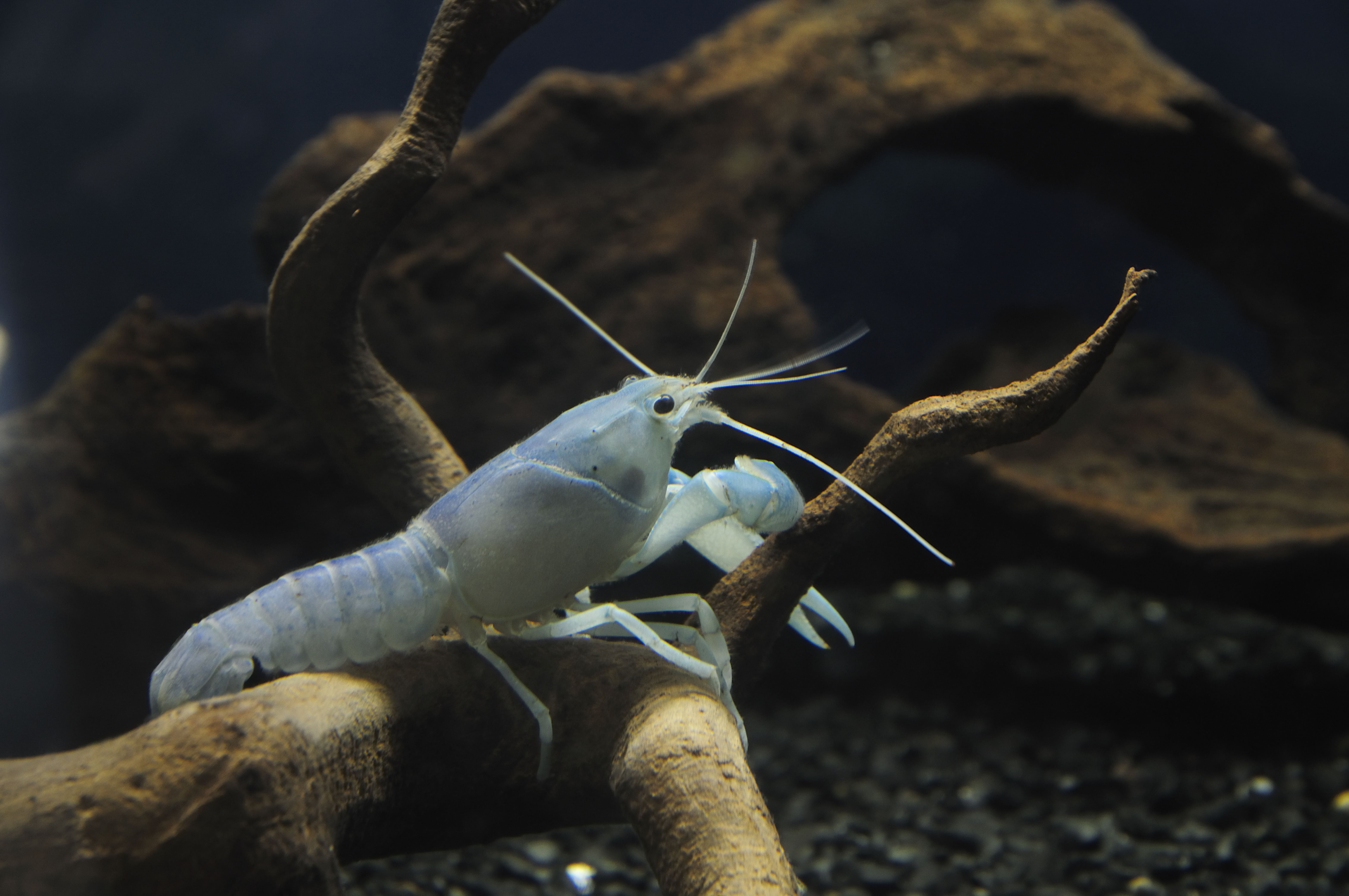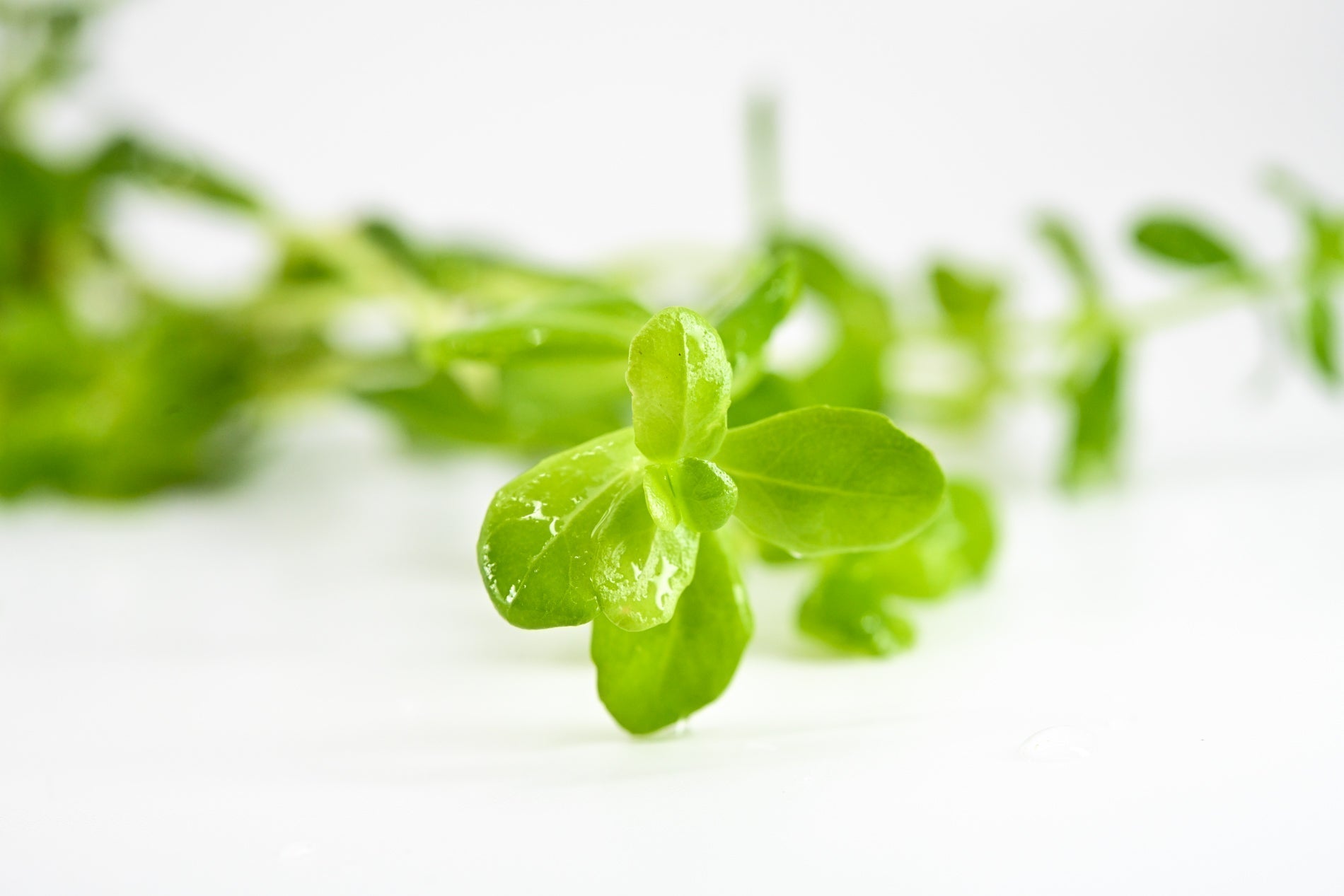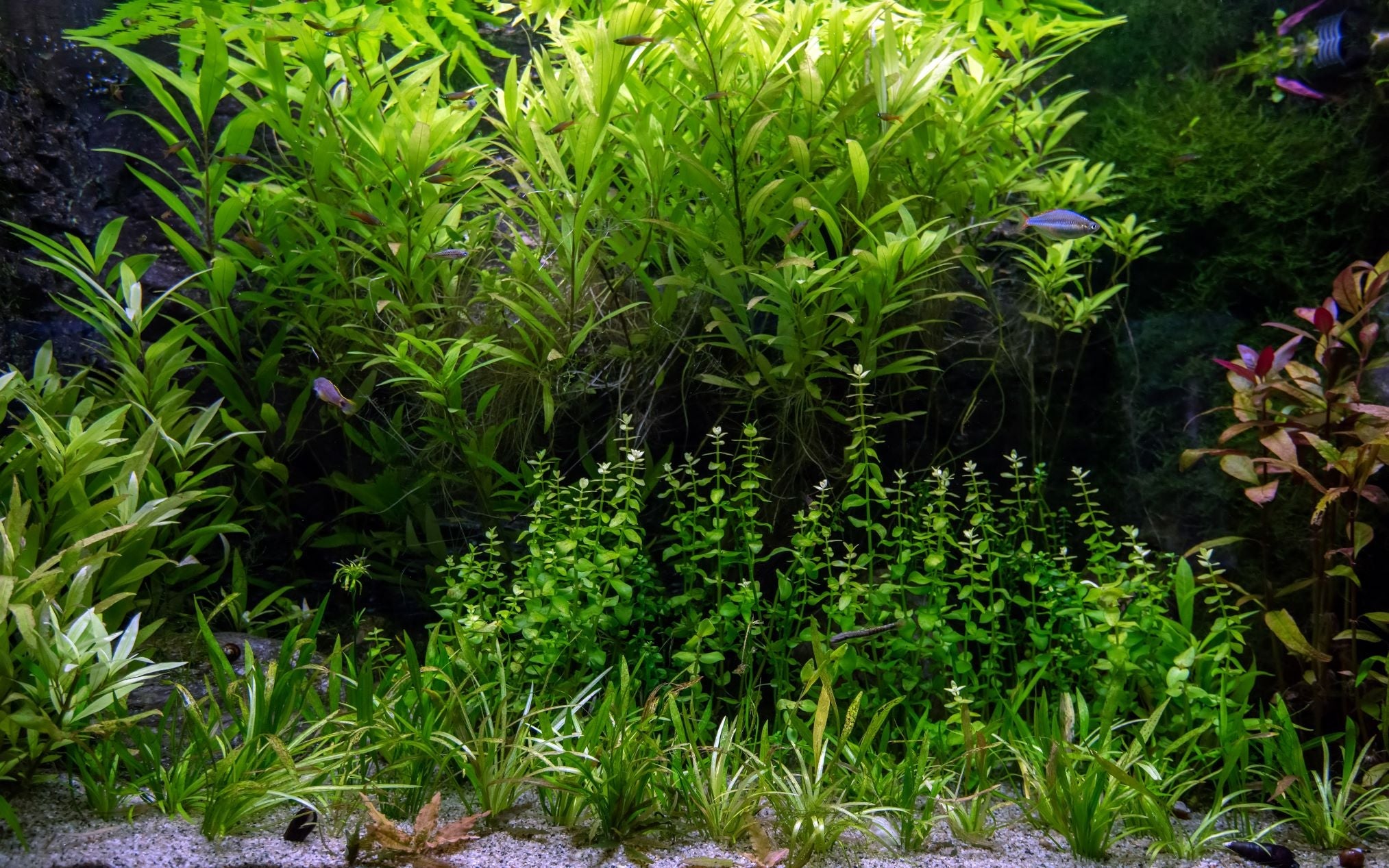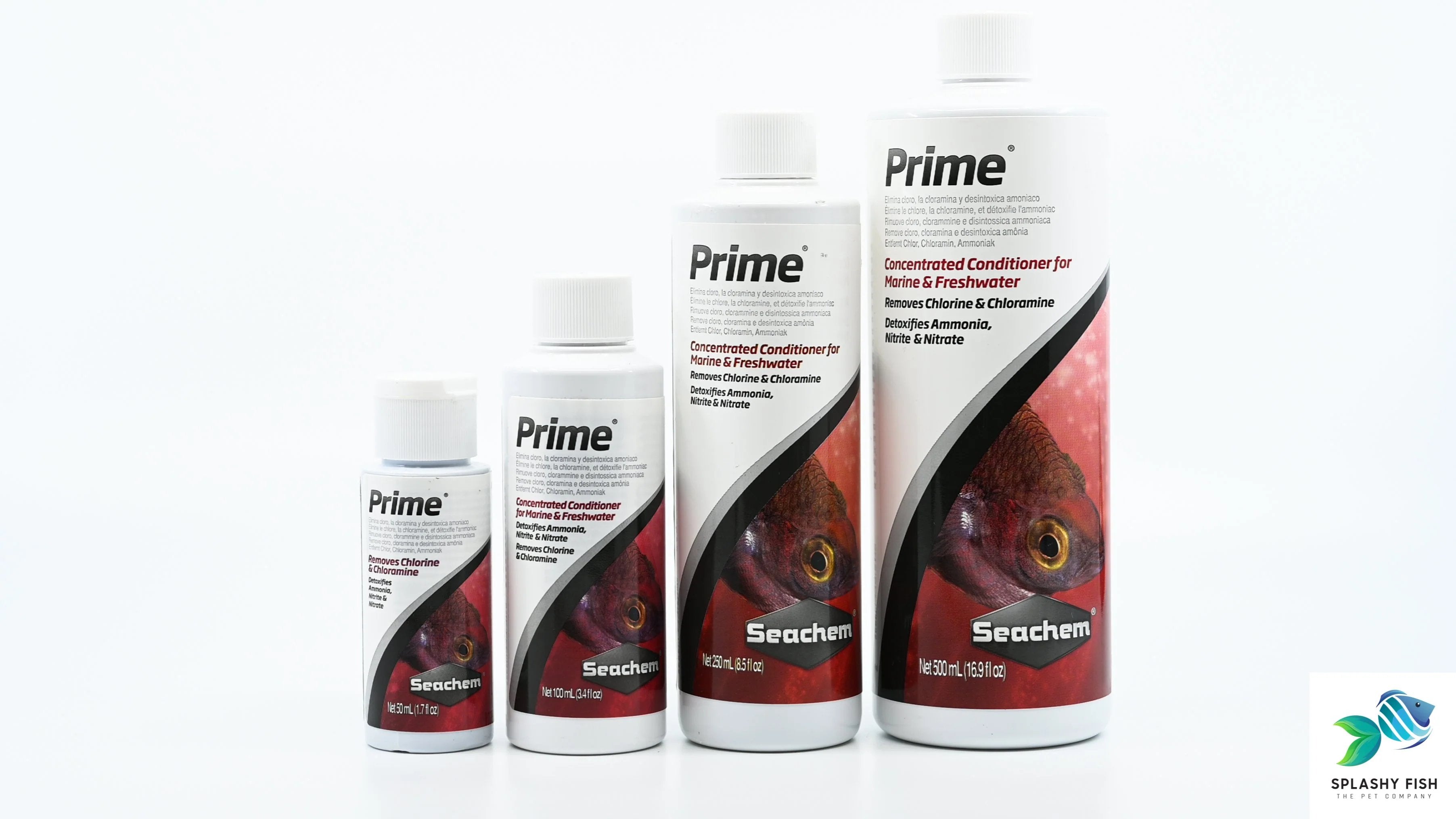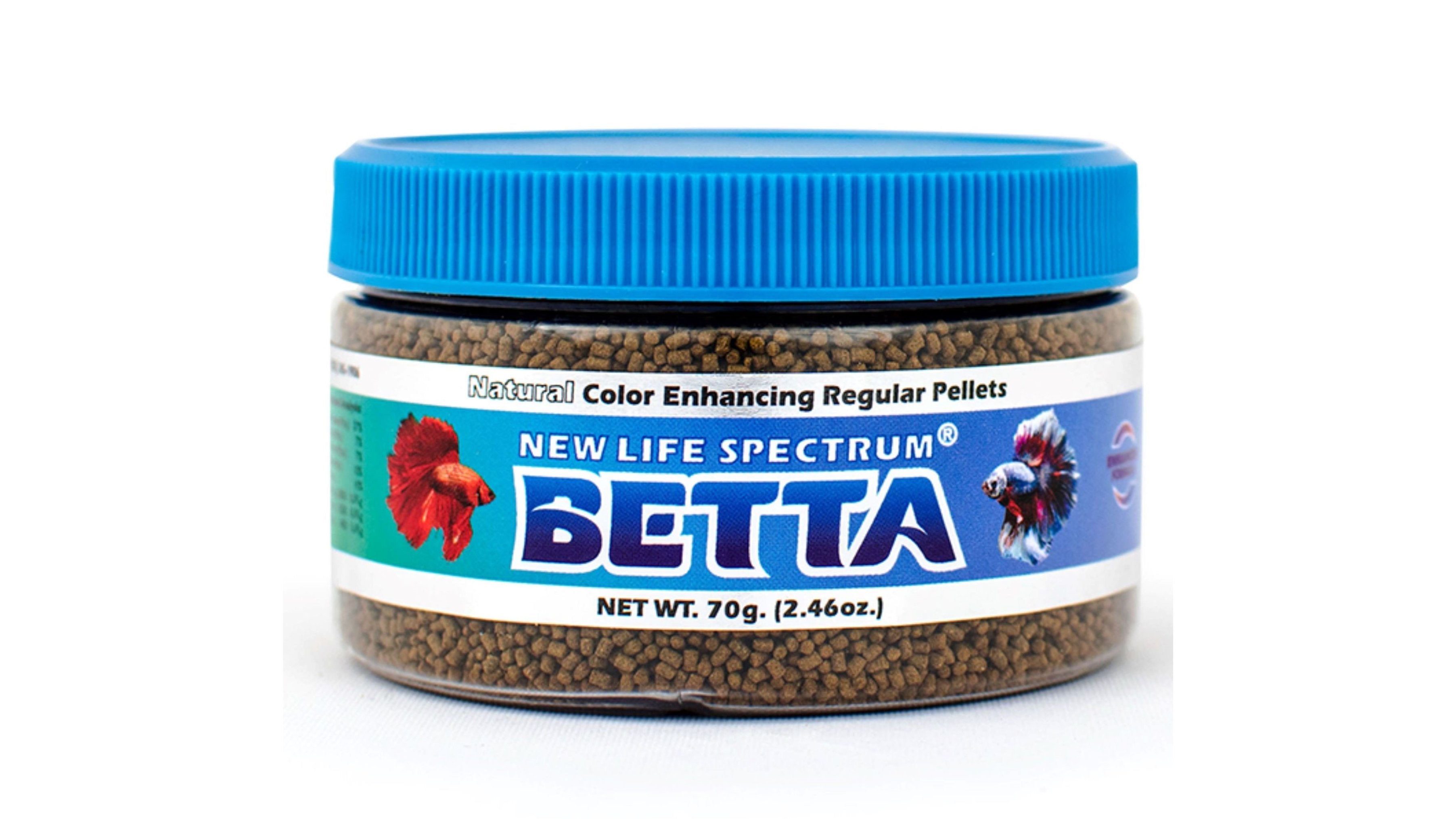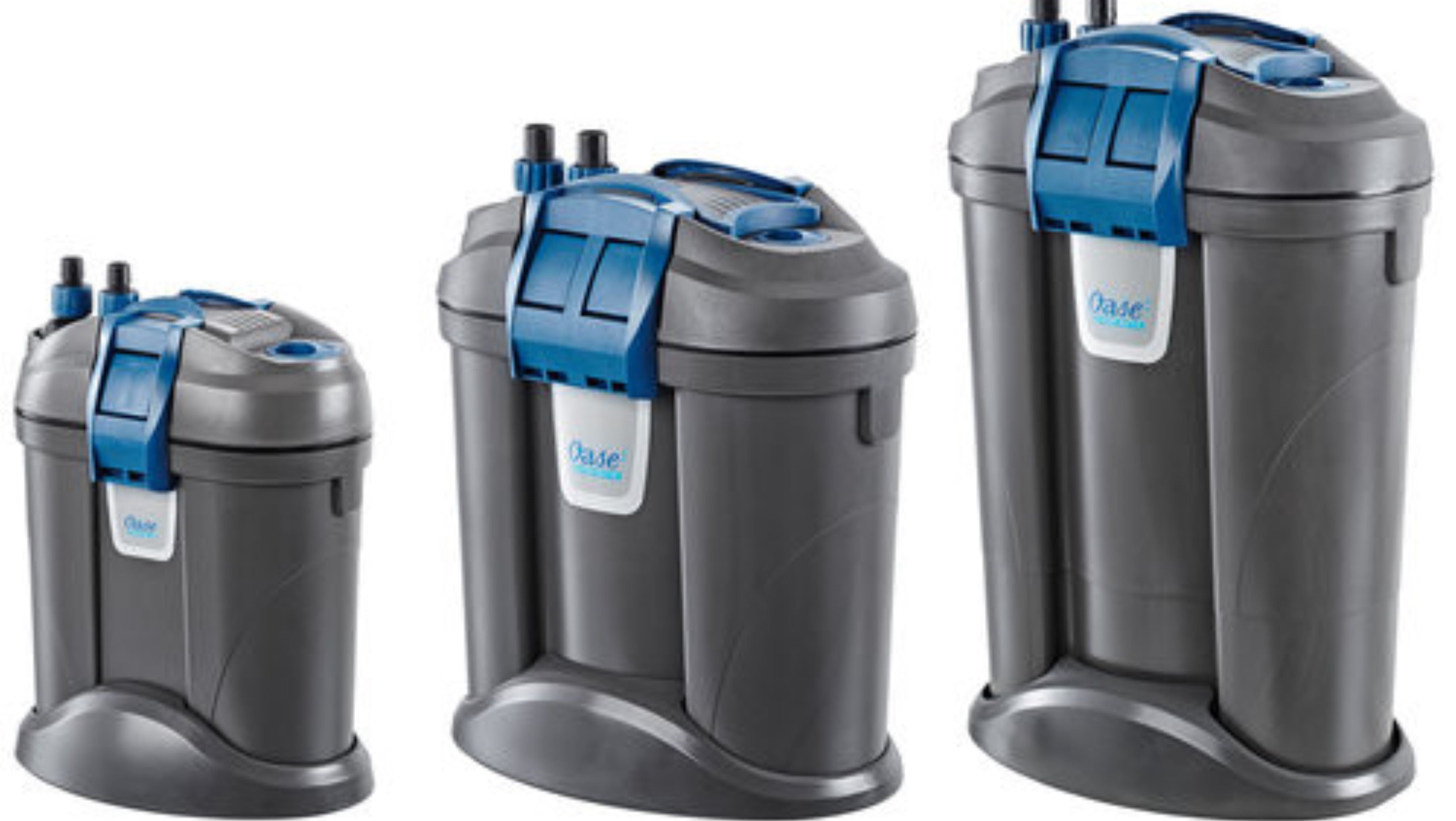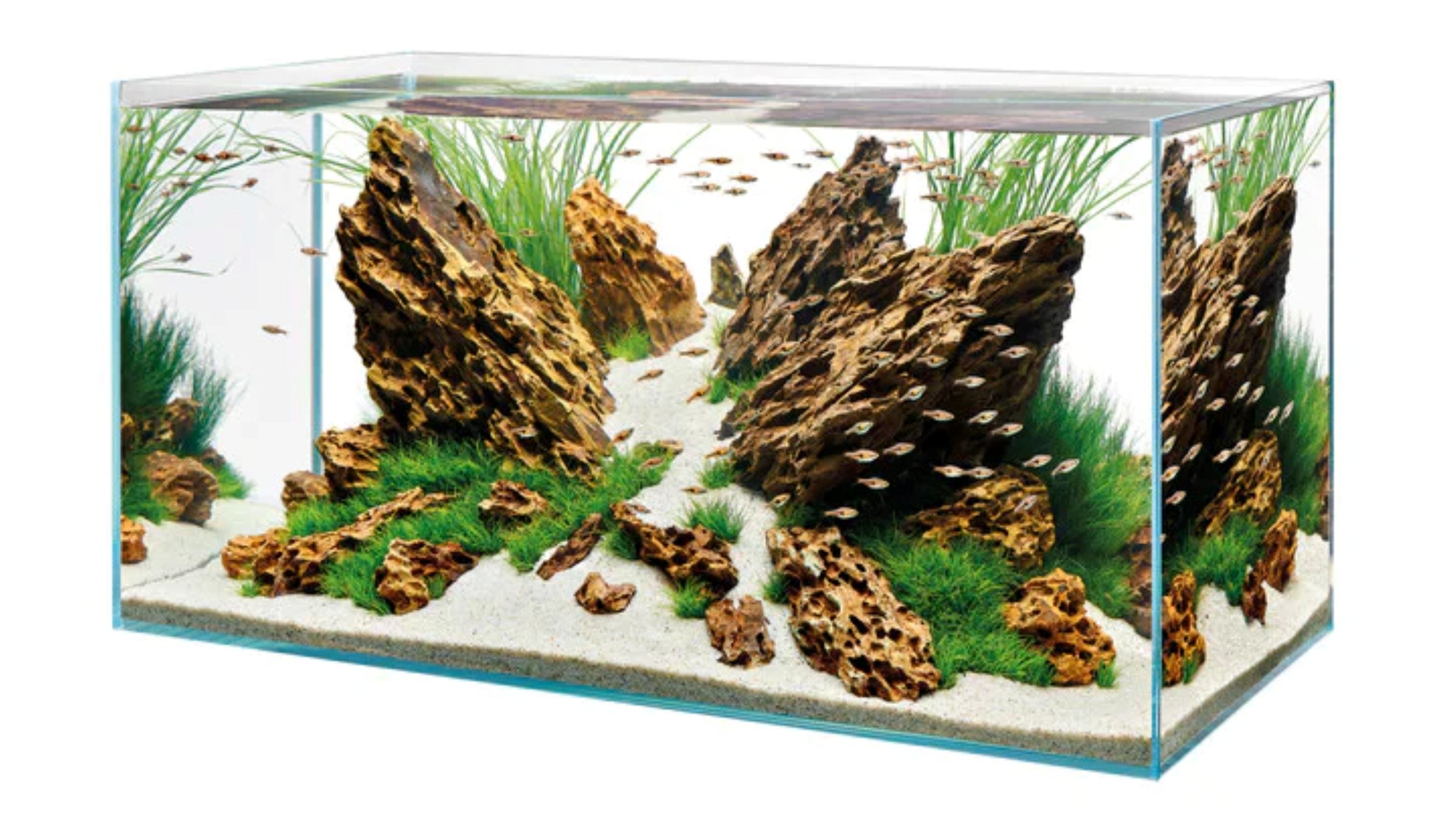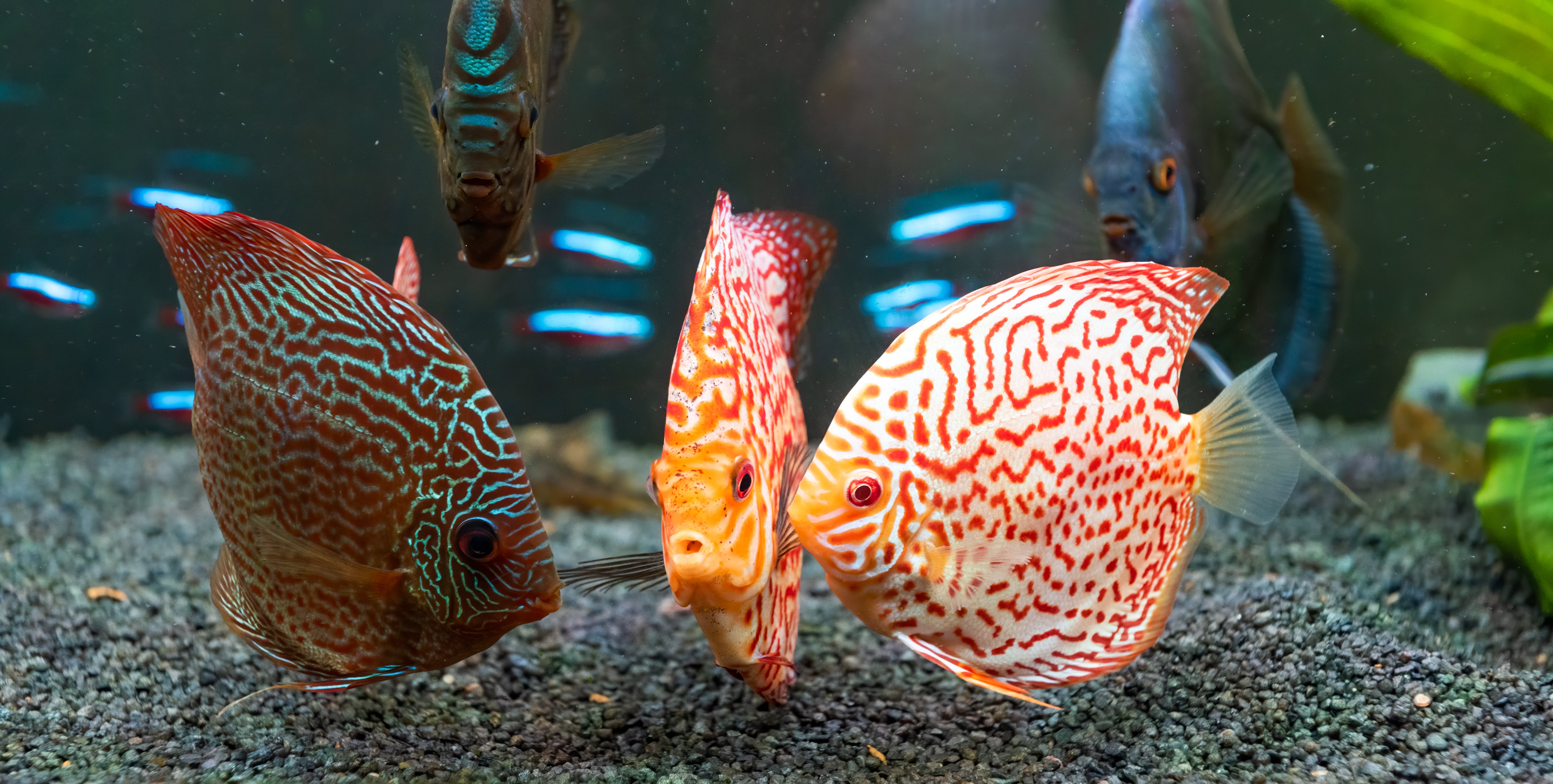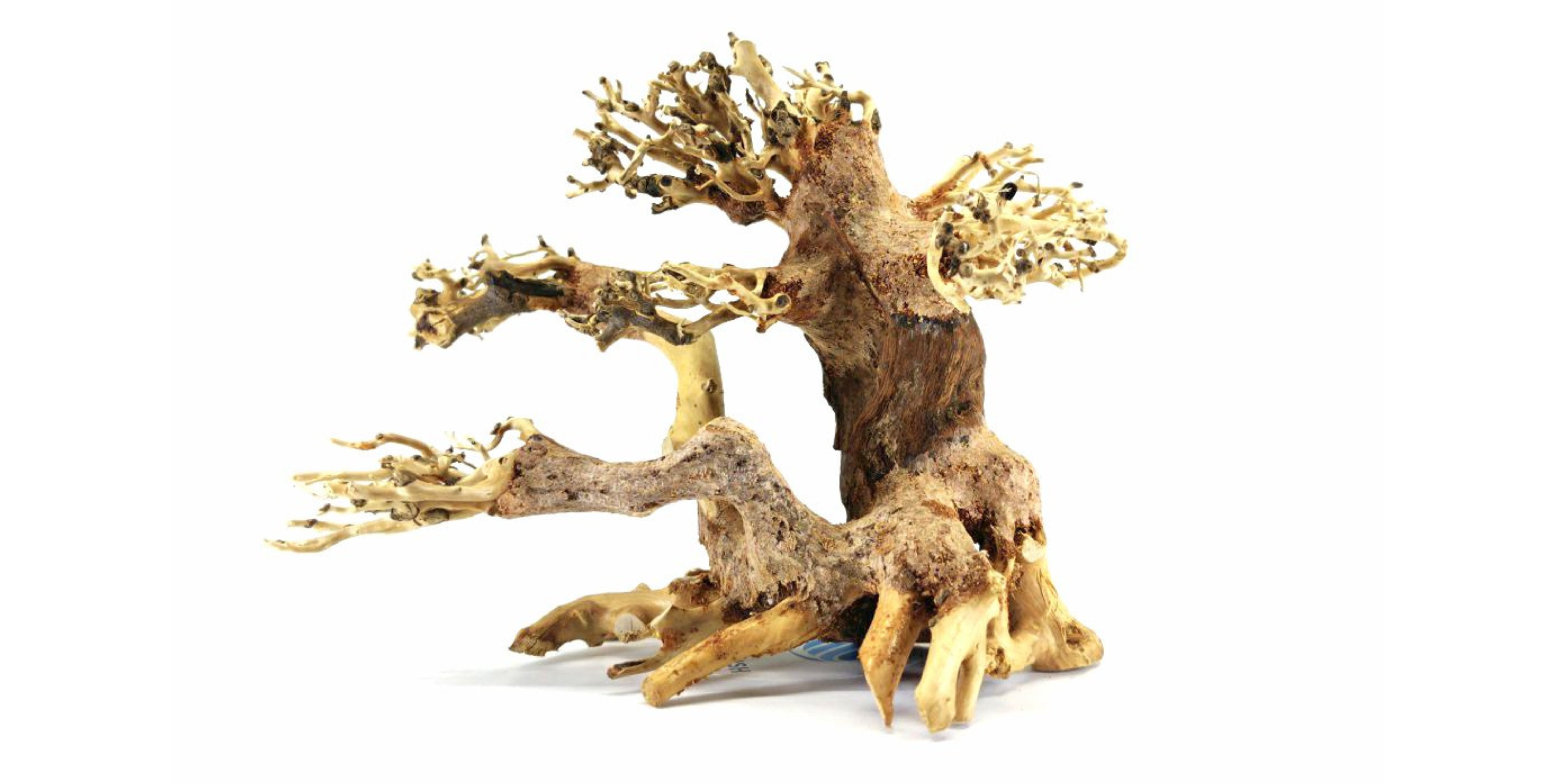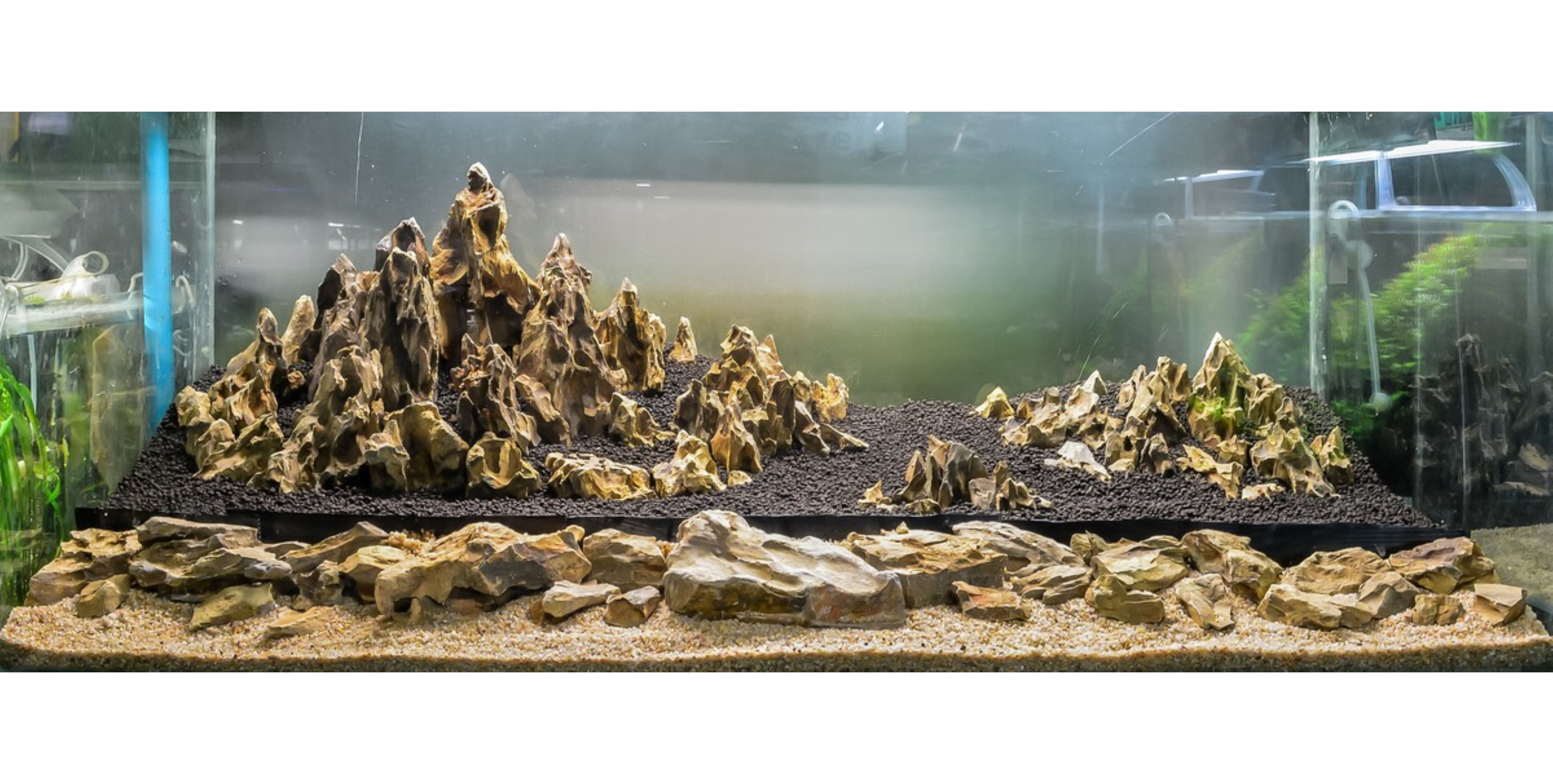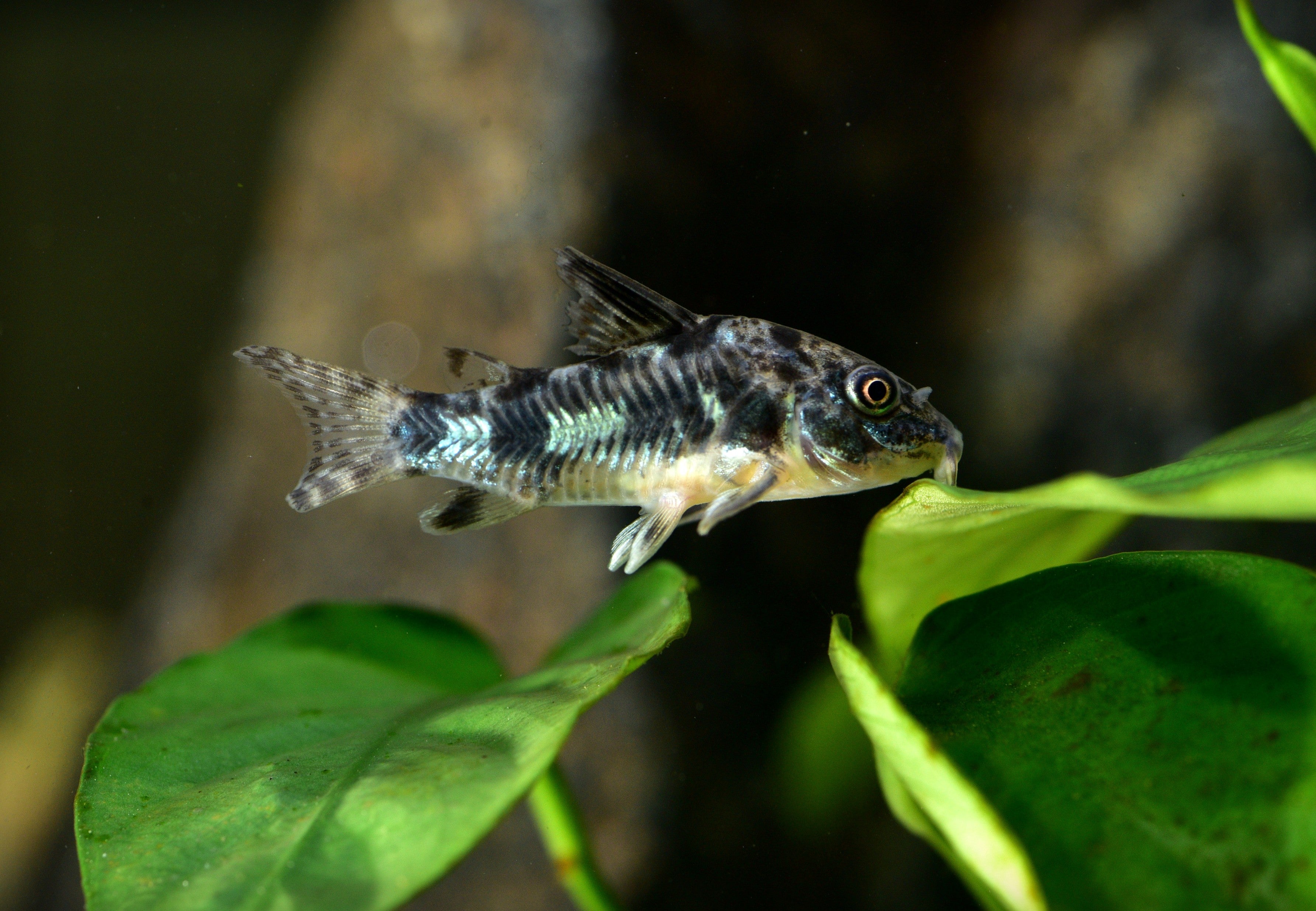Table of Contents
If you ask us to name ten freshwater fish that are mostly preferred by many fish keepers, Corydoras must be one of them. For a long time until now,Corydoras Catfishhas always been a suggestion for the beginner due to its hardiness, peaceful temperament, tons of interesting personalities, and easy-to-keep, regardless of type. In this article, Splashy Fish will reveal all the care requirements to flourish your Corydoras Catfish tank.
Corydoras Catfish Overview
Corydoras Catfish, or Cory Catfish, is a small South American catfish, belonging to the genus Corydoras and the family Callichthyidae. They are generally found in small streams, along the margins of larger rivers, or marshes, ponds, especially those covered with dense growth of plants. People identify Corydoras by their two rows of overlapping armor plates running through the length of their body, sharp spines in their fins, and barbels on each side of their mouth. Their bodies, subject to specific types, may vary in length from 1 to 3 inches. Such an ideal size makes them a perfect choice for small to medium aquariums.
Corydoras catfishare funny. We’ve told you they have tons of personalities. Indeed, in addition to what we have mentioned above, you may find
- They are very active one moment and then peacefully resting motionless in the same spot just in a blink.
- They are peaceful but not totally defenseless like other similar species. Because hiding in their sharp spines is mild venom, which will be readily produced when they feel stressed or threatened.
Fun fact: Corydoras is named based on their appearance, a skin like a helmet. The name is derived from the Greek kory (helmet) and doras (skin).

Create The Ideal Corydoras Catfish Tank
Tank Size
Speaking of living conditions, setting up an appropriate tank is an important step that we cannot skip. AlthoughCorydorasare easy to please, a well-arranged home is still necessary. It not only enhances the quality of life but also prolongs the life span of your fish (with proper care and a little bit of luck, your Cory may live up to 15 years).
To do that, the first thing is to choose the right tank size. Corydoras has a small size and prefers living in a group (in general, a group of six or more if you like). Hence, your aquarium may not be too large but should not be too small. A10-gallon aquariumcan be acceptable to those types that have small bodies. In case you keep them with other fish or yourCorysare in medium size, you should consider the larger aquarium, a 20-gallon to 30-gallon aquarium is highly preferred. It is also important to cover your aquarium with a lid, as Corydoras sometimes dart up to the surface to get a gulp of air.
Fact:They are capable of breathing both water and air and often enjoy this activity. However, if this happens in excess, this means your aquarium water lacks oxygen. Your catfish can live in low-oxygen water, but this state should not be prolonged. Once you notice the alert, you should adjust the water conditions to promptly provide them with an abundance of oxygen.
Lighting
Standard community tank lighting will be acceptable. However, since Corydoras originally live in slow-moving water that is shallow and very murky, they may favor dim light.
Corydoras Catfish Water Parameters
Like other easy-to-keep fish, Corydoras are not picky about their diet or living conditions. They can live in a wide variety of water types but tend toward soft, neutral to slightly acidic or slightly alkaline pH and 5-10 degrees of hardness. Being tropical fish, most of their types will prefer temperatures between 72 and 82°F. Corydoras are relatively sensitive to water parameters, so maintaining appropriate ones and keeping them stable are very important. We suggest the following for your reference, as these are generally suitable for most types of Corys.
- Ammonia and Nitrite: 0 ppm
- Nitrate: less than 20 ppm
- pH: ranging from 6.5 to 7.8
- Water change: 10% every week or 25% every 2 weeks
Note: Don’t let your Corys live in a high nitrate level environment, as this ion will harm their barbels, which then shorten and become useless. Regularly check the nitrate level in your aquarium and perform a water change if it reaches a certain level.
Decorations
Once your tank is decided, we then choose aquatic decorative materials. Corydoras don’t have any specific requirements for decoration. However, we recommend that you resemble their natural habitat. This will make your fish feel comfortable and familiar, as well as encourage them to be more active and live happily. For your ease, let's discover a desirable, well-decorated aquarium for Corydoras from the bottom to the top.
Substrates
Smooth sand is preferable to gravel by most aquarists. Some gravels have sharp edges, which will erode or affect Cory's barbels if frequent contact is made with them. However, in the wild, Corydoras can be found on sharp substrate, so they won’t have much problem whether you use sand or gravel. Despite the fact, we recommend that you choose round gravel or gravel without sharp edges if you still insist on this type of substrate.
Tips:If you use sand substrate, you may need root tabs to assist your aquatic plants in the first few months, as it can help such substrate absorb enough nutrients for the plant to grow.
Aquascape Supply
Rocks (without sharp edges) and driftwood can be added to provide them with more places to explore. If you want to create an impressive aquarium landscape, you can put some colorful items there. Such items will give highlights to your aquarium, as most Corys do not possess a bright appearance. Just note that no sharp-edged decorations should be allowed in your aquarium.
What Do Cory Catfish Eat?
Corydoras are also known as bottom dwellers or crew fish. This is because they like spending most of their time crawling on the bottom of the tank, using their barbel in search of food. They are not fussy about food and will eat anything small and soft enough to fit in their mouths. Therefore, live blackworms, frozen bloodworms, sinking wafers, or other sinking community foods can be acceptable to them (try to use high-quality ones). As crew fish, Corydoras could eat the leftovers, but this is insufficient. You must feed them once a day to ensure they take in enough nutrients to grow. Follow the old rule that only gives as much food as they can eat in 2-3 minutes.
Note: Though Corydoras are regarded as a clean-up crew, they cannot thoroughly clean your fish tank considering their size. So performing periodical maintenance is crucial.
Best Tank Mates for Corydoras Catfish
Corydoras can be good tank mates with most community tank fish as long as they are non-aggressive and friendly in nature. Here are some of the most appropriate options for Cory Catfish tank:
- Freshwater Fish: Otocinclus catfish, Tetras, Swordtails, and other Corys can be a good fit.
- Freshwater Shrimp: If you want to keep them together with shrimp, you could considerBamboo shrimp, Vampire shrimp, Amano shrimp, Red Cherry shrimp, or Ghost shrimp.
- Freshwater Snails: Such as Gold inca snails, Mystery Snails, Ramshorn Snails, pond snails, Malaysian trumpet snails, Rabbit snails, Japanese trapdoor snails, or Nerite snails
Live Aquarium Plants for Corydoras Catfish
Corys are timid. To help them feel secure or relieve stress when threatened, your aquarium should be covered with dense aquatic plants. This not only imitates their familiar natural habitat but also provides shelters for them to hide as well. Someaquatic plantsare highly recommended, includingAponogeton,Java Moss, Java Fern,Crypts, Pennywort, Hornwort, and Peacock Moss. However, there is one more rule that you should notice. Corys are also active. Thus, when you arrange the plants, try to create some free space in front of your aquarium to allow and encourage them to socialize.
Common Issues When Keeping Corydoras Catfish
When enjoying your aquarium landscape, you should occasionally observe your Corydoras to identify their health conditions. If you distinguish small white spots on their skin and fins, they may likely be affected by ICH. If it is the case, try to find the cause by checking whether there is any sign of poor-quality water or sudden changes in parameters, or if you have done anything causing disorder to their living environment (such as excessively stirring up the tank bottom while cleaning (may lead to bacterial bloom), rearranging decorations). Immediately consult with a specialist and treat them with the right medicine. Also, clean your tank and/or keep parameters stable if that is the reason for your fish’s sickness.
Conclusion
Corydoras Catfish are among the most beginner-friendly freshwater fish thanks to their hardiness, peaceful temperament, and fascinating behavior. With proper care, stable water parameters, a suitable substrate, plenty of hiding places, and the right tank mates, Corydoras can thrive and even live for over a decade in your aquarium. Their playful personalities and bottom-dwelling habits make them excellent members of a community tank, while their small size ensures they fit perfectly in aquariums of all shapes. Visit Splashy Fish tropical fish store to shop Corydoras Catfish for sale online or at our aquarium store in Virginia for freshwater fish for sale, freshwater shrimp for sale, aquarium plants for sale, and aquarium supplies.
Corydoras Catfish Frequently Asked Questions (FAQs)
How many Corydoras Catfish should I keep per gallon?
Corydoras are schooling fish and should always be kept in groups of at least 6 or more for them to feel secure and display natural behaviors. A 10-gallon tank can house a small group of dwarf species like Pygmy Corydoras, but for standard Cory Catfish, a 20-gallon tank or larger is recommended. A good stocking guideline is roughly 1 inch of Corydoras per gallon of water, but keep in mind their need for space to forage and socialize at the bottom of the tank.
What is the biggest Corydoras Catfish size?
Most Corydoras Catfish grow between 1 to 3 inches, depending on the species. However, some larger species, like the Brochis Catfish (often grouped with Corydoras), can grow up to 4 inches. Their compact size makes them ideal for community tanks, but providing enough floor space and smooth substrate is essential for them to reach their maximum size and stay healthy.
How long do Corydoras Catfish live in an aquarium tank?
With proper care, Corydoras Catfish can live for 5 to 10 years, and in some cases, even up to 15 years in a stable, well-maintained aquarium. Factors that influence their lifespan include water quality, diet, stress levels, and the size of their school. Regular water changes, soft substrate to protect their barbels, and a varied diet of sinking pellets, live, and frozen foods will help ensure your Corydoras reach their full lifespan potential.


